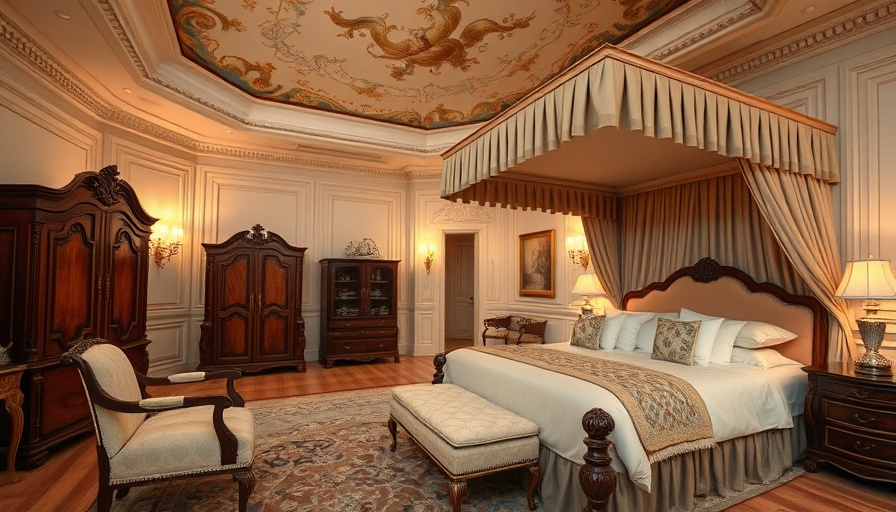
The Revival of Historic Architectural Marvels
The purchase of the 137-year-old Whitney National Bank building and the Tulane-Newcomb Building marks a significant moment for International House in downtown New Orleans. With this acquisition, the boutique hotel chain not only expands its portfolio but also enhances the cultural and architectural landscape of the historic city. The Whitney National Bank, a stunning 1888 creation by architect Thomas Sully, boasts features such as a historic safety deposit vault and a unique glass cupola, while the Tulane-Newcomb Building is recognized for its ornate Beaux Arts terra cotta façade, originally commissioned by philanthropist Paul Tulane in 1902.
Unraveling Architectural Secrets
Under the guidance of architects Brooks Graham and Williams Architects, plans are underway to incorporate “secret pathways” and “unique uses” into the redesign of these buildings. This initiative aims to connect guests with the rich history and intriguing stories that permeate these structures. Sean Cummings, owner of International House, envisions a space that encapsulates both modern functionality and historical reverence. As he notes, this development has been 14 years in the making, suggesting a dedication to a thoughtful and intricate design process.
Preserving History While Innovating Spaces
The juxtaposition of historical preservation with innovative design reflects a growing trend within the boutique hotel industry. Luxury boutique hotels are adapting to meet modern guests' needs while celebrating their heritage. Innovations may include immersive experiences that allow visitors to engage with the hotel’s past in meaningful ways. This balance between nostalgia and contemporary appeal can cater to various traveler profiles, from solo adventurers to families seeking enriching experiences.
The Impact on Local Tourism in New Orleans
The redevelopment of these historic buildings is poised to impact local tourism significantly. The addition of unique boutique hotels contributes to a city already known for its vibrant cultural scene, food, music, and festivals. Visitors seeking romantic getaways, family vacations, or simply an escape from everyday life may find themselves drawn to a collection of hotels that not only offer luxury but also a connection to the area’s rich history. The allure of staying in a property that bridges past and present becomes an experience in itself.
Future Developments on the Horizon
While details of the full redevelopment are set to be unveiled in autumn 2025, the anticipation surrounding this project is palpable. Local stakeholders, tourism boards, and potential guests are eager to see how these historic structures will be reborn. As International House asserts its commitment to creating “a fantastic array of experiences,” the emphasis on storytelling through design illustrates a potential shift in hotel offerings across New Orleans.
Why Travel Enthusiasts Should Care
For travelers and those passionate about the boutique hotel scene, this development offers a glimpse into the future of luxury accommodations. The integration of architectural history with new design will not only attract visitors to New Orleans but also set a precedent for other cities. As travelers increasingly seek unique experiences, boutique hotels must continue to innovate while respecting their history, ensuring a balance that attracts diverse clientele.
As travel enthusiasts plan their next adventure, whether to find the best boutique hotels or come across unique boutique hotel packages, the developments in New Orleans should be on their radar. This project symbolizes a thriving intersection of history, design, and hospitality.
Stay updated on the progress of these exciting developments and consider making a reservation at the International House when they unveil their new offerings!
 Add Row
Add Row  Add
Add 




Write A Comment